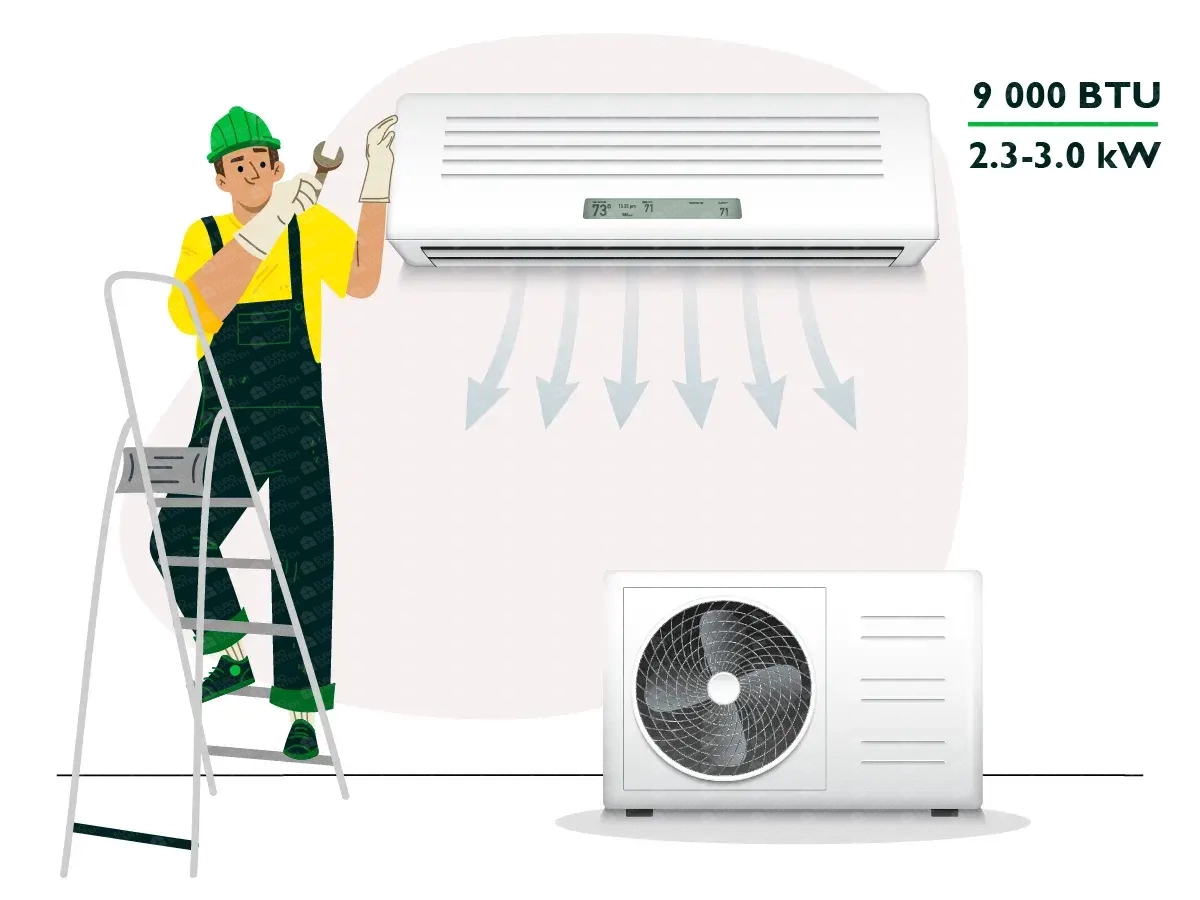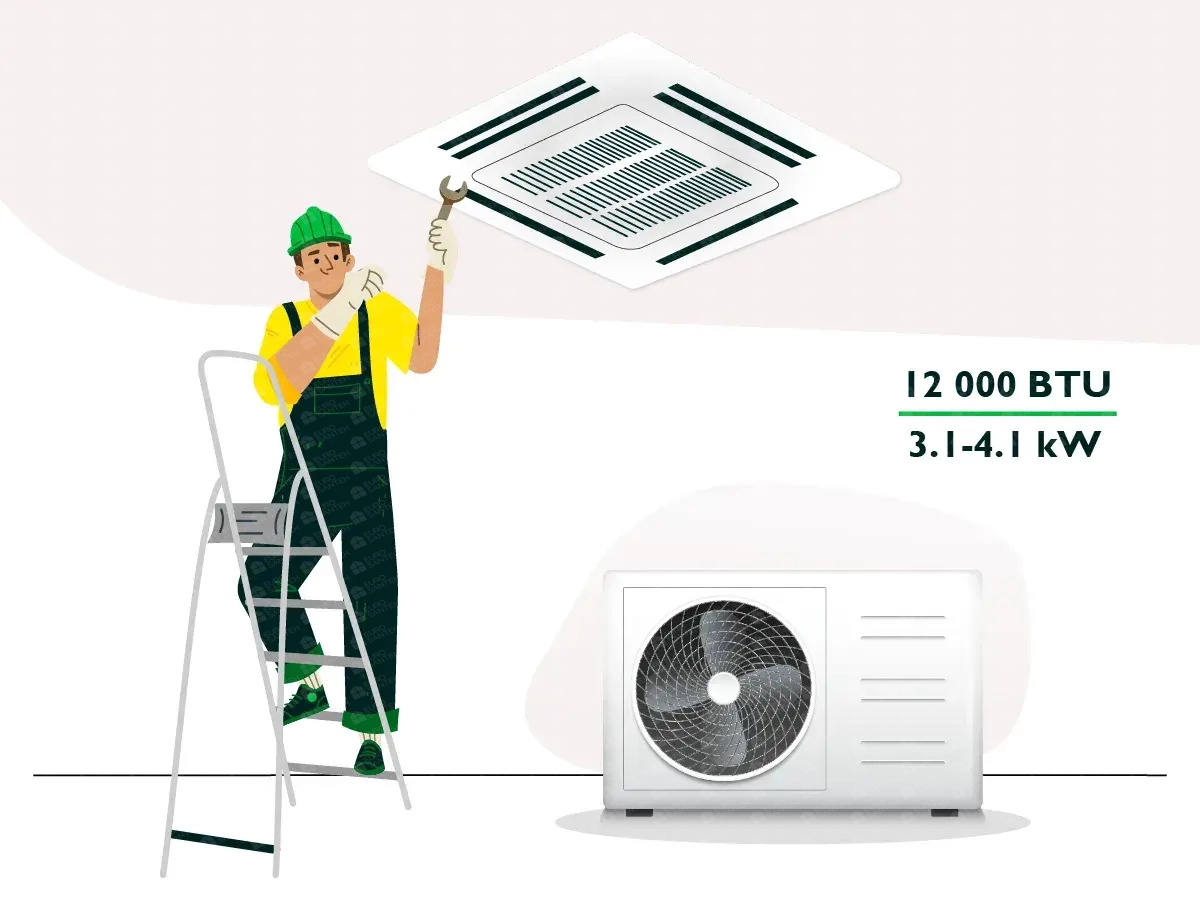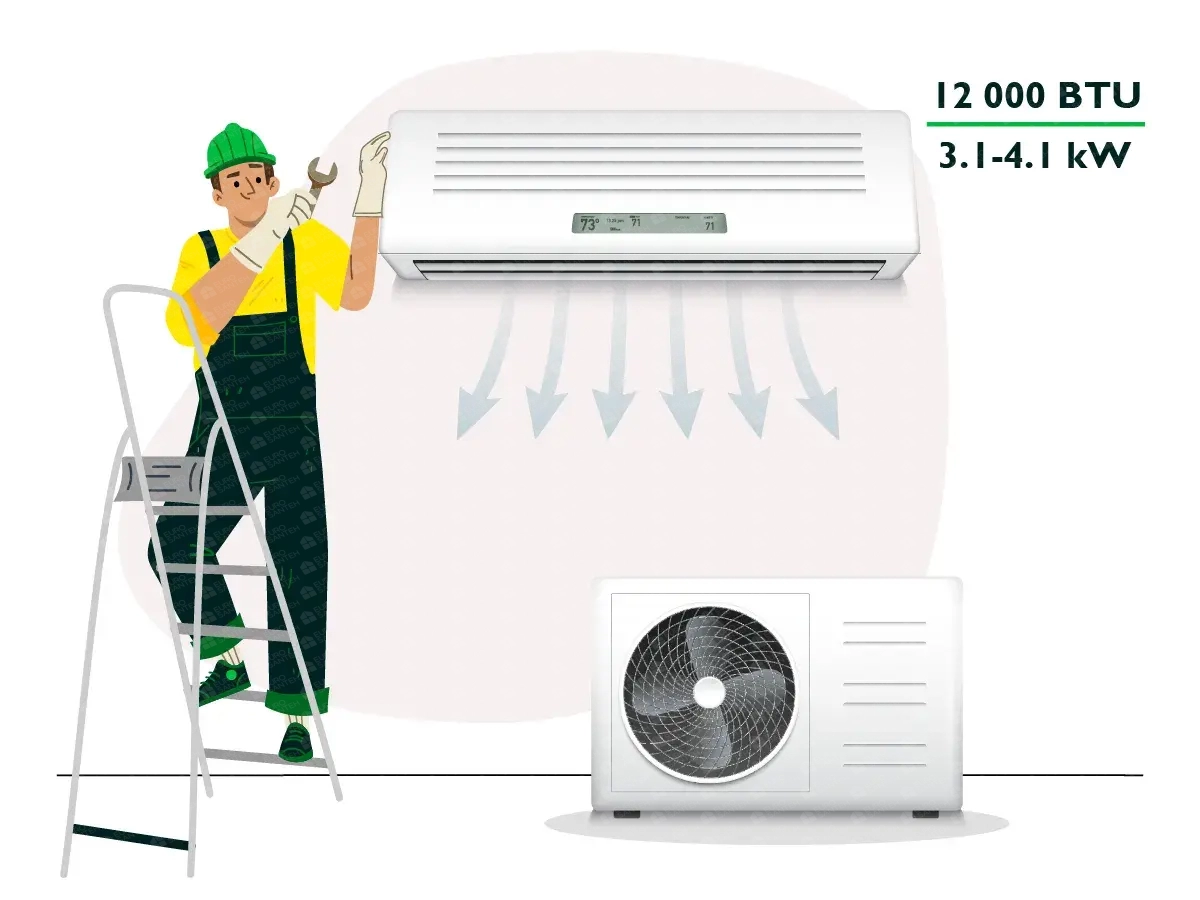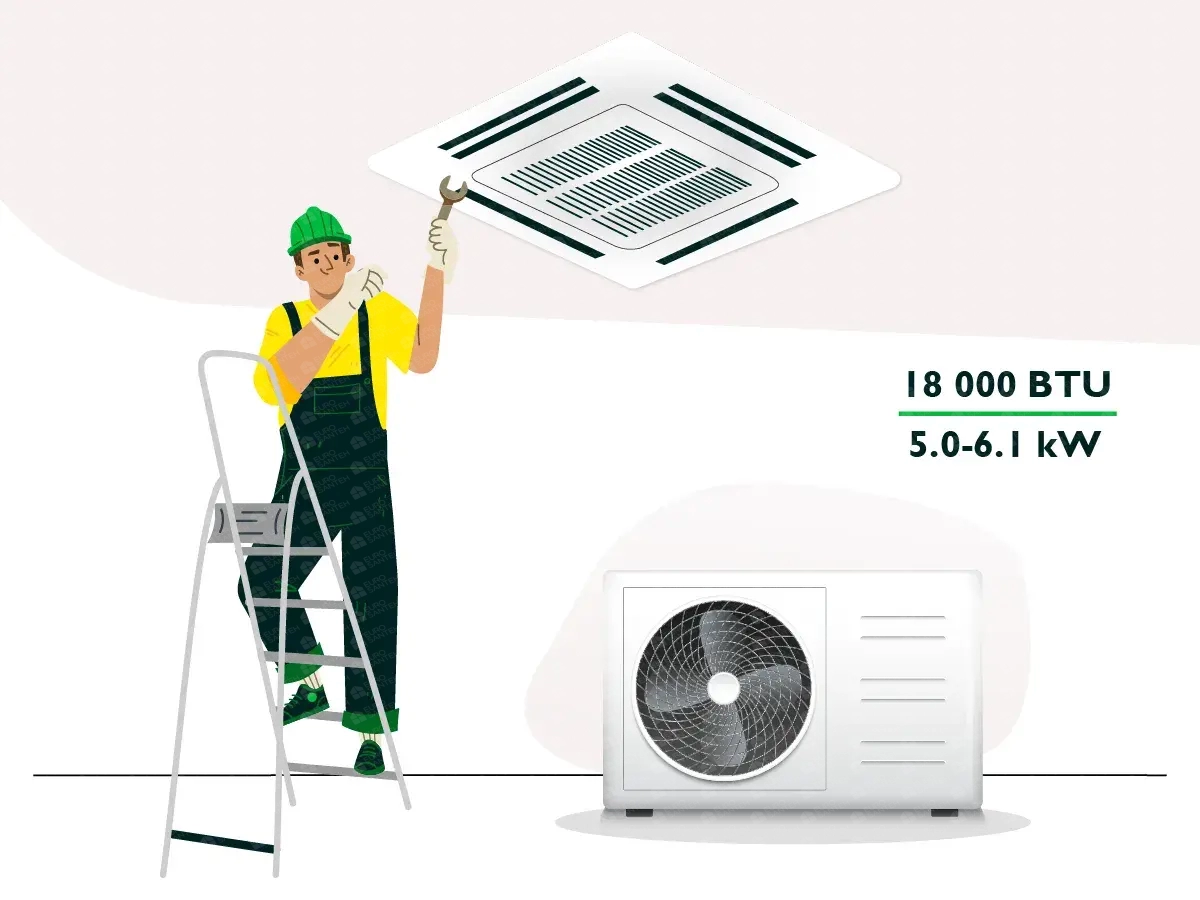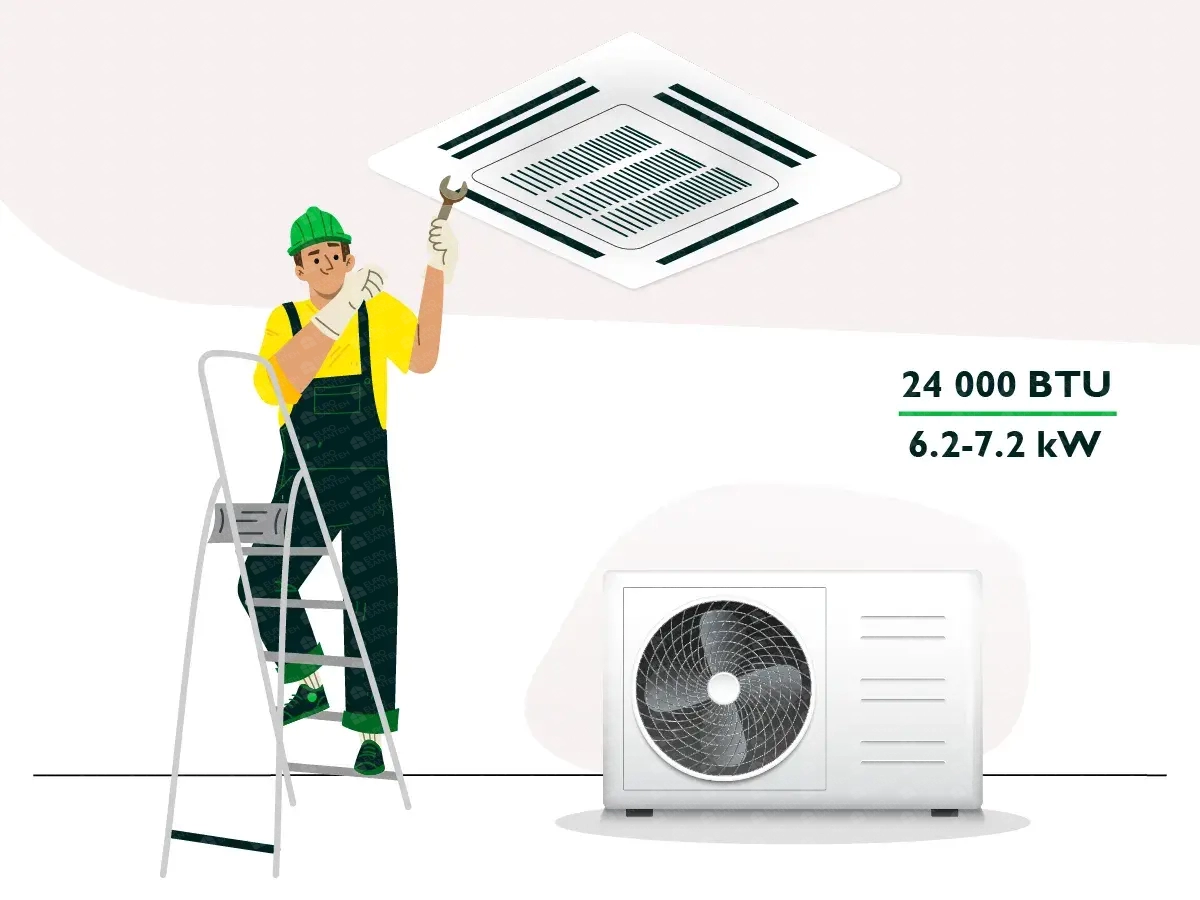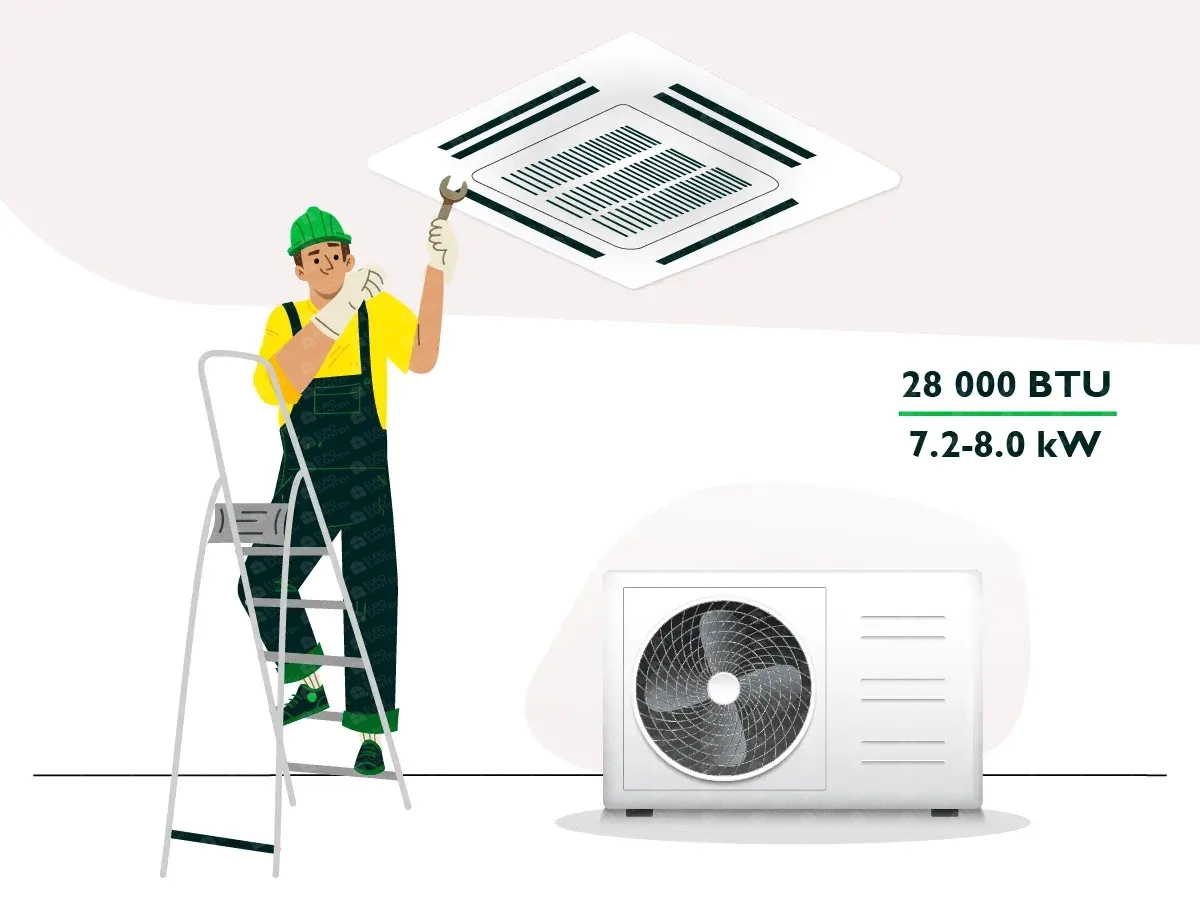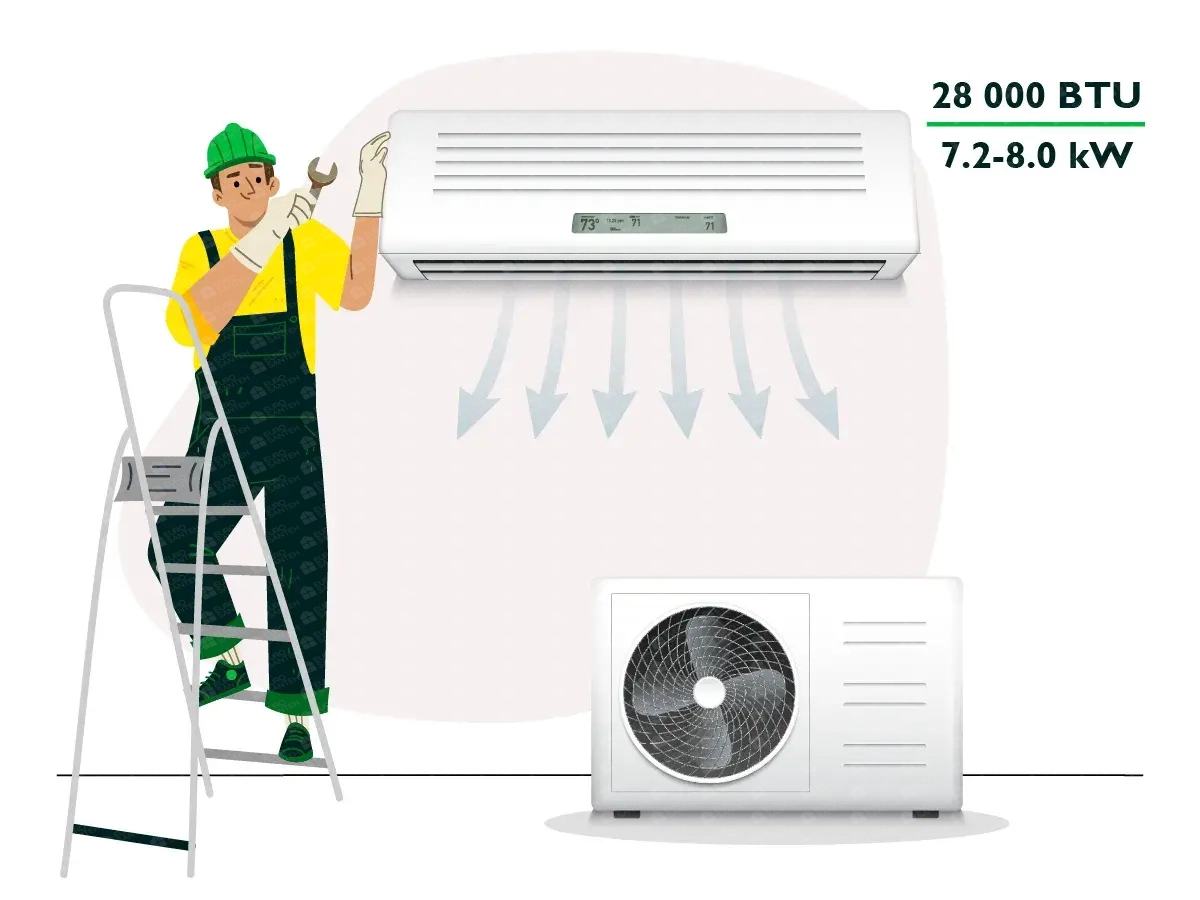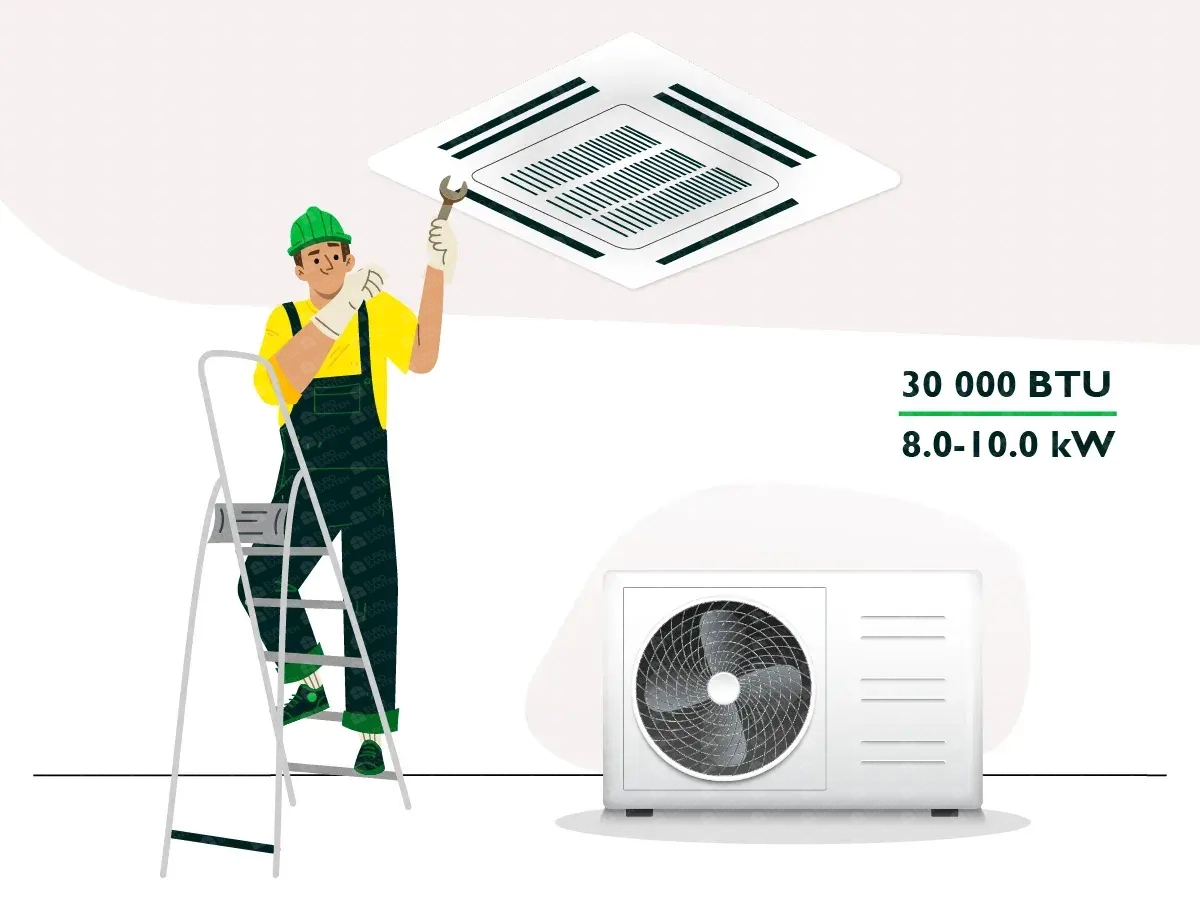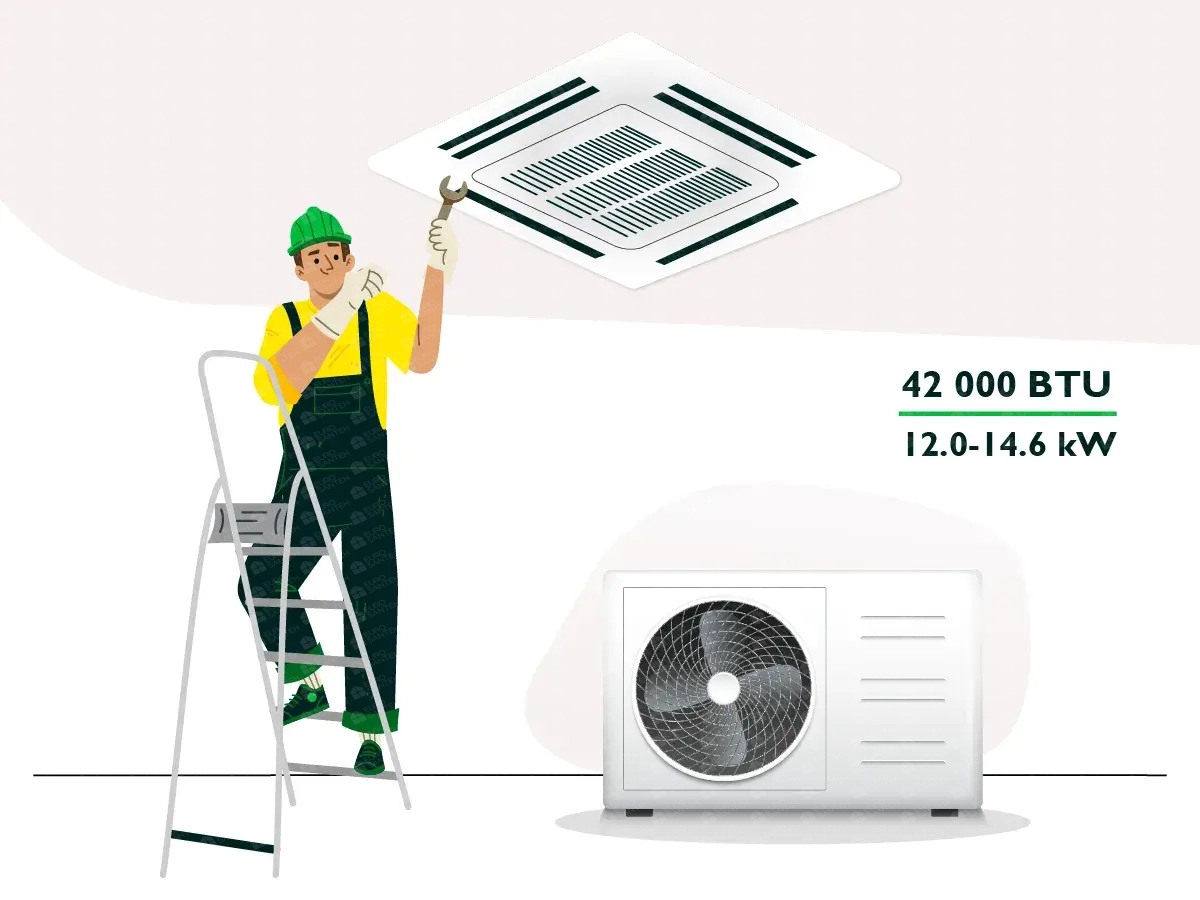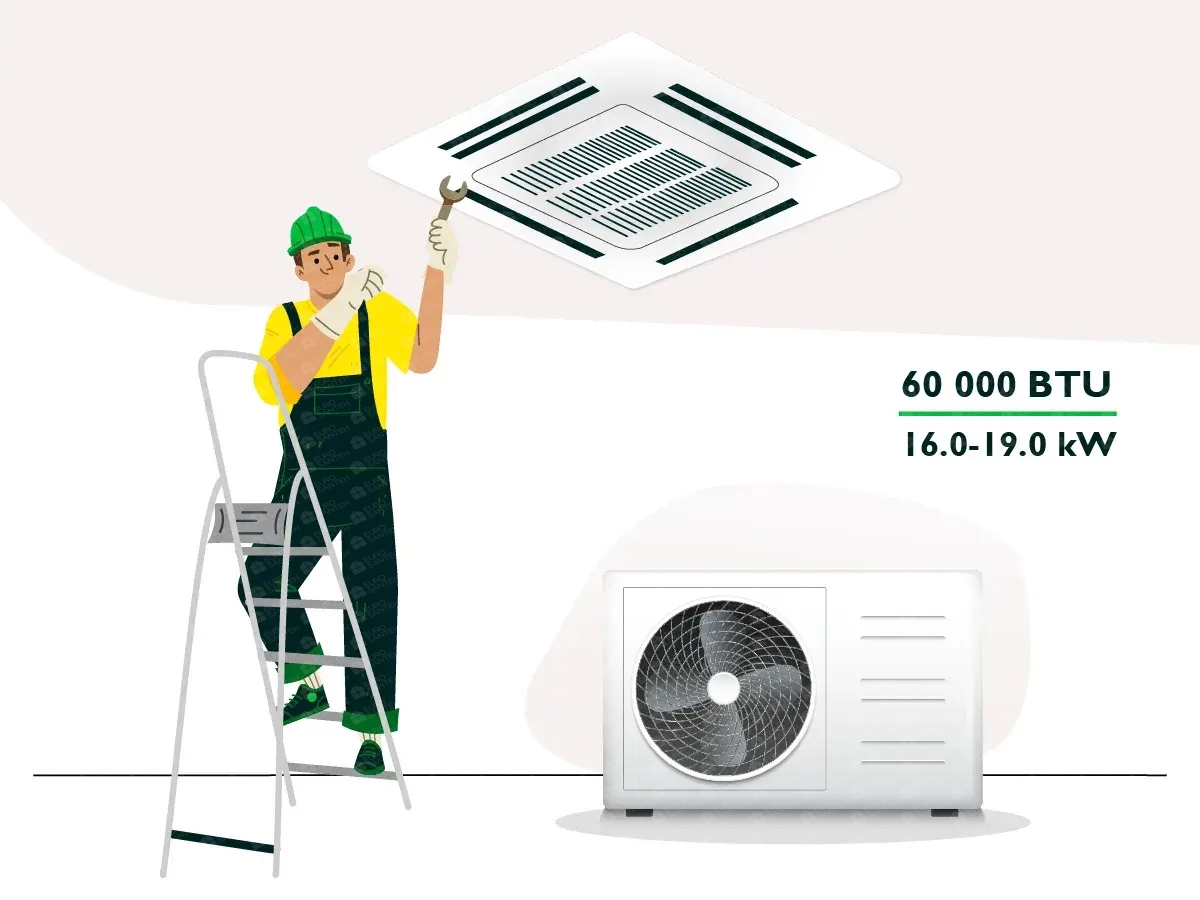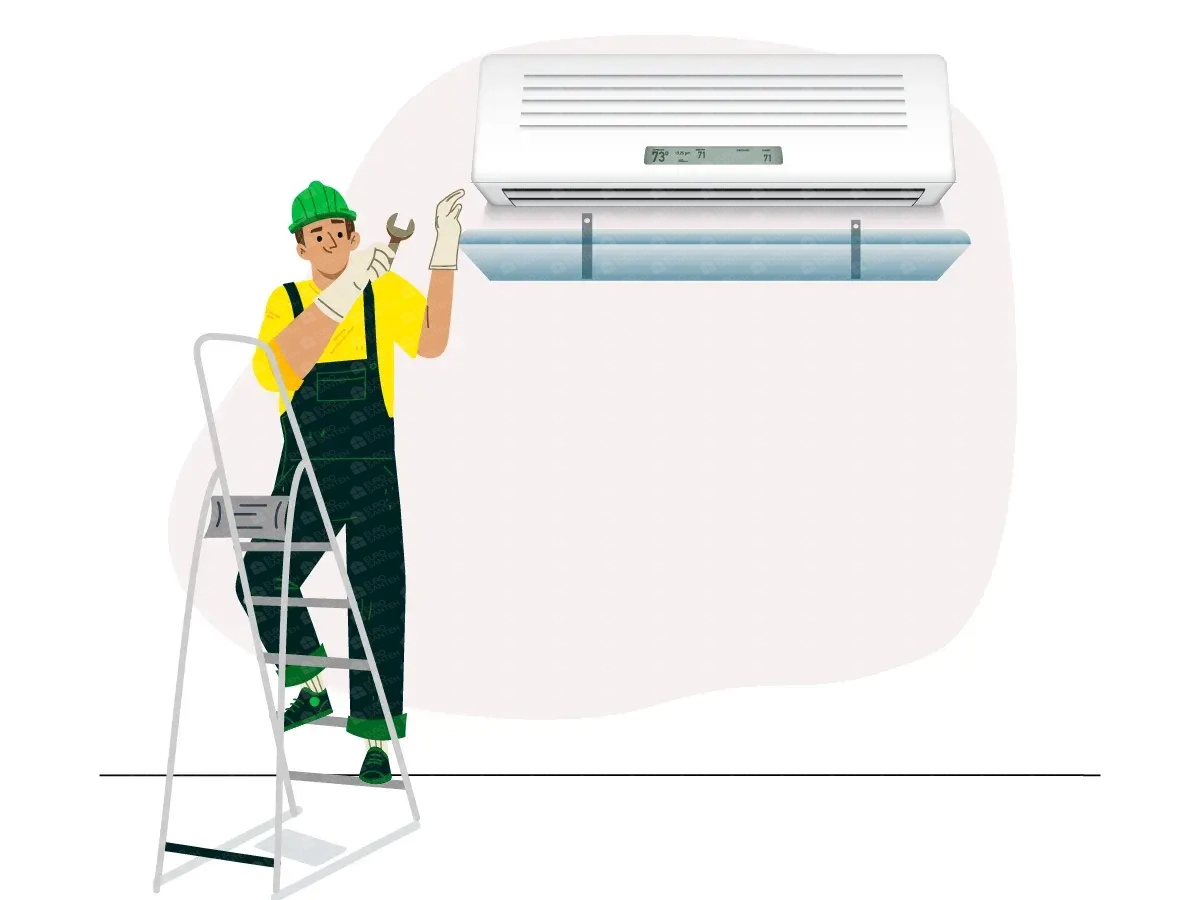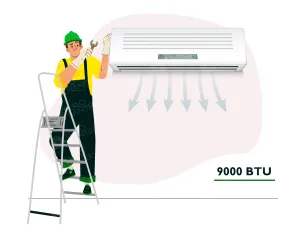Installation of household air conditioners
Air Conditioner Installation in Chișinău – Service Across Moldova
Fast and high-quality installation
Service available across Moldova
Installation warranty
Professional technicians
Air Conditioner Installation: Price & Services
Looking for a comfortable temperature in your home or office? We offer professional air conditioner installation in Chișinău and throughout Moldova. Our experts ensure a quick, high-quality setup with a guarantee.
What’s Included in the Standard Installation?
Technician visit for installation
Equipment connection and setup
Refrigerant line installation (up to 3 meters)
System vacuuming
Startup and performance check
The cost of air conditioner installation depends on the type of equipment and installation complexity. Contact us, and we’ll find the best solution for you!
We operate throughout Chișinău and provide installation teams in any city in Moldova!
Why Choose Us?
Over 5 years of experience – we install all types of air conditioners
Installation warranty – guaranteed quality service
Affordable prices – transparent costs with no hidden fees
Fast service – installation at your convenience
Call now and book your air conditioner installation with a quality guarantee!
